AB InBev Uses Smart Manufacturing for Award-Winning Results
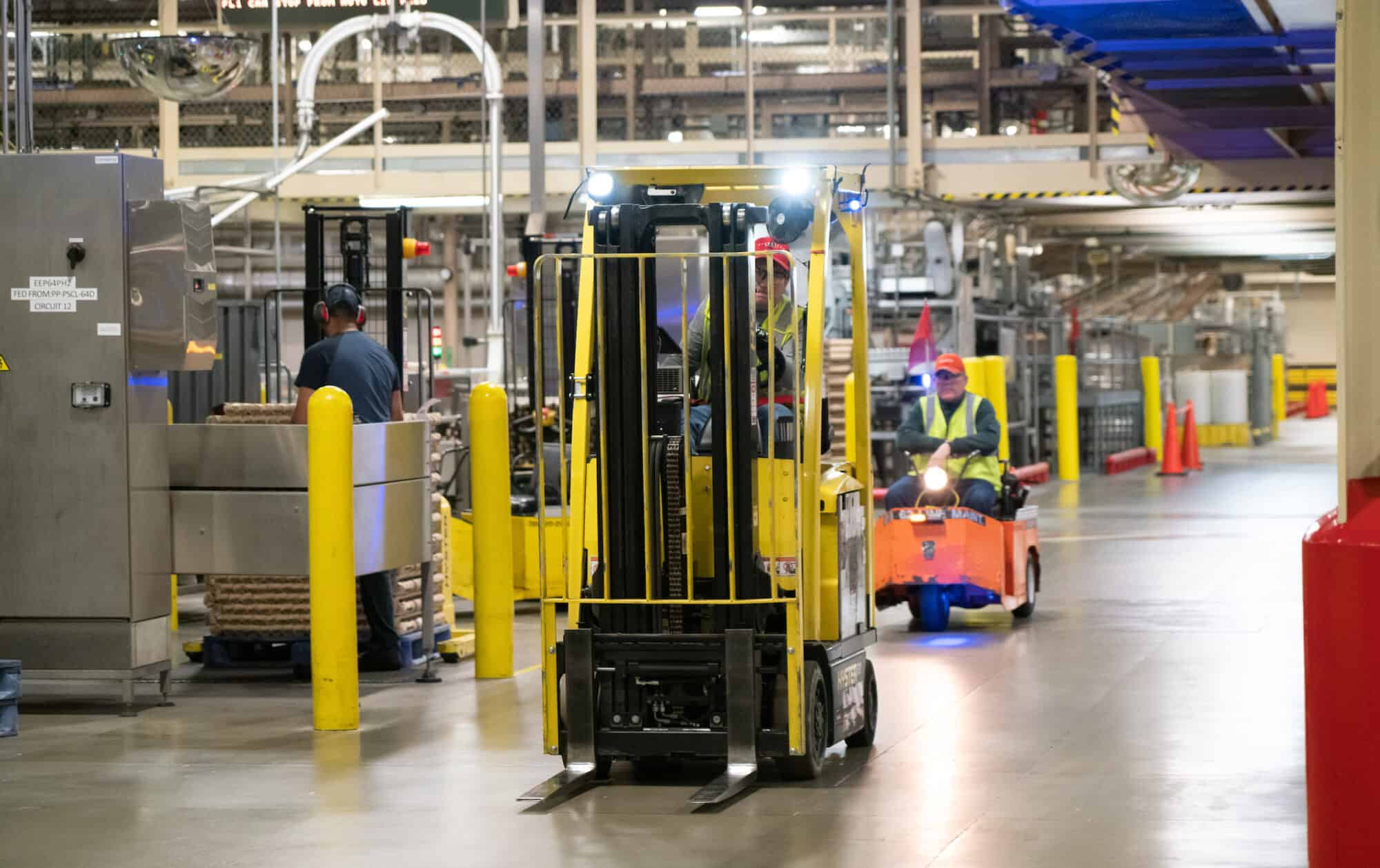
What does it take to be a digital transformation champion? Anheuser-Busch InBev can tell you.
The world’s largest brewer won four Manufacturing Leadership Awards in 2022, including the highly coveted Manufacturer of the Year. (The honors are given annually by the Manufacturing Leadership Council, the NAM’s digital transformation arm.) The MLC chatted with AB InBev Global Vice President Marcelo Ribeiro recently to get his insights on the processes, technologies and strategies driving the company’s success.
Business transformation drivers: “We have a dream at ABI, which is ‘to create a future with more cheers,’” said Ribeiro. “[That means] a clear strategy to lead and grow, to digitize and monetize our ecosystem and to optimize our business.” Here are a few ways AB InBev is pursuing that dream:
- Developing and delivering products that give consumers what they want, when they want it
- Making sure the supply chain can adapt quickly to consumer needs
- Increasing capacity without compromising safety, quality or sustainability
Rising to challenges: “The future is becoming less predictable,” Ribeiro said. “We need to prepare for that, so we have to build a more resilient, flexible supply chain.” Additional opportunities include:
- Moving from transactional relationships with vendors and suppliers to partnerships
- Looking beyond operations and across the entire supply chain to meet sustainability goals
- Creating a collaborative manufacturing ecosystem that fosters the sharing of ideas
Meeting the digital future: Ribeiro says that ABI’s digital strategy has three key aspects:
- Making data more accessible and available to frontline workers
- Creating a template for digital technology that can be easily tailored to the unique needs of each business
- Using advanced analytics to contextualize data and discover where it can best be applied to aid decision making
Leaders required: Ribeiro noted that leadership is essential for making this vision a reality.
- “It is critical to empower the front line,” he said. “Leaders should be focused on providing the resources to allow people to do the work and achieve excellence themselves. In the end, people are key for any business transformation.”
Find additional insights into AB InBev’s digital transformation in DIALOGUE: AB InBev’s Award-Winning Dream, or make plans to attend Rethink, where Ribeiro will present a keynote address on “Building Your Enterprise into a Digital Transformation Champion.”
E-Cycling Helps Manufacturers Generate Business Value

Electronic waste is a big problem.
In 2019, the world generated a record 53.6 million metric tons of discarded electronic and electrical devices, according to a Global E-waste Monitor report. That’s an increase of 21% in just five years. But there’s more: The figure is expected to double by 2050, hitting 120 million tons annually.
The good news is that manufacturers can be an active part of the solution. Though their bread and butter has typically been bringing new products to market, manufacturers are now also developing end-of-life processes for goods to mitigate environmental impact, according to Bright Machines Vice President of Industrial Solutions Adam Montoya, writing in the Manufacturing Leadership Council’s Manufacturing Leadership Journal. (The MLC is the digital transformation division of the NAM).
The challenge: complex components. Disassembling a product is not nearly as straightforward as assembling it, according to Montoya. Take a server, for example. A company might know what’s inside it based on its original configuration, but memory or processor upgrades could have changed over the course of its life.
- When a lot of change has taken place, the dismantling process is unique to each server, making it complex and difficult to automate.
The solution: intelligent disassembly. Improving the end-of-life process for electronics requires intelligent disassembly, a combination of smart technology and a different way of thinking, says Montoya. Here’s how it works:
- Automation technology that uses AI and advanced vision systems interprets the contents of a particular component and compares it against the original blueprint.
- Next, the system assesses the presence and location of components within the unit.
- It then sorts, separates and removes components so they can be reclaimed or recycled.
The bottom line: Manufacturers stand to realize many benefits from intelligent disassembly. Components with sensitive data can have machine-driven proof of destruction. Systems with usable parts can be repurposed rapidly.
- Ultimately, it’s an important way for manufacturers to collectively reduce carbon footprints and electronic waste while delivering business value, says Montoya.
For more on this topic, read Rethinking End-of-Life Technology Value in the Manufacturing Leadership Journal. And to learn more about how manufacturing leaders are undertaking digital transformations, join the MLC at its Rethink conference in Marco Island, Florida, on June 26–28.
How a Tax Change Could Set Back Cancer Treatment
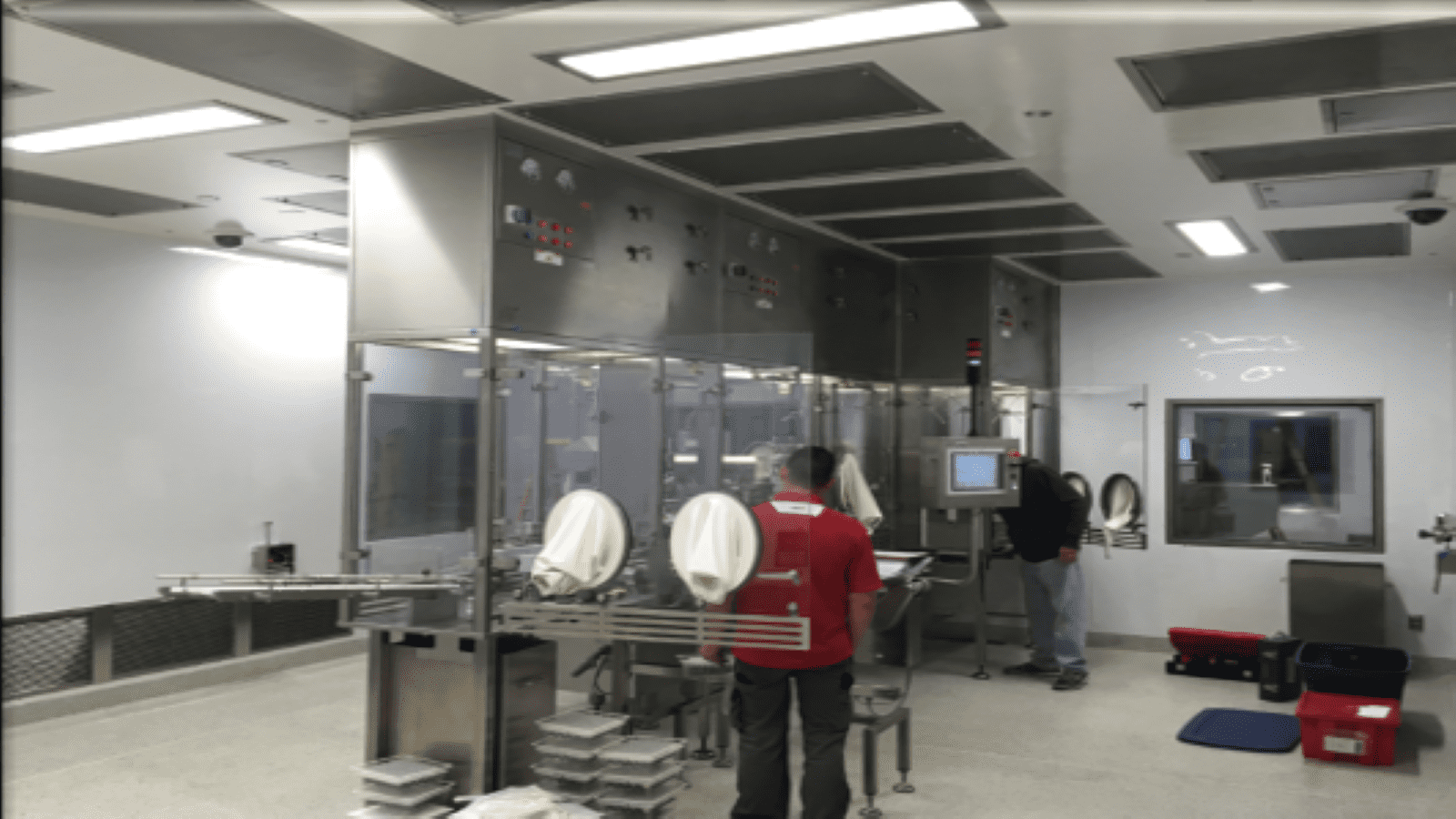
An idea becomes a prototype, then a treatment, then a lifesaver. That’s how R&D is supposed to work, but as Tolmar, Inc., can tell you, tax policy is a crucial element as well.
Tolmar spent years developing a therapy to improve the treatment of advanced prostate cancer. The resulting long-acting injectable, called ELIGARD®, works by stopping testosterone production to slow the growth of cancer cells. It’s a remarkable technology, now used by patients nationwide and around the world who are fighting advanced prostate cancer.
This innovation was facilitated by a U.S. tax policy that supported R&D investments by pharmaceutical companies. However, a recent change means that Tolmar and other pharmaceutical R&D units will find it more difficult to produce innovations that make human lives better, safer, healthier and longer.
The problem: Until about a year ago, businesses were able to deduct 100% of their R&D expenses in the year in which they incurred the expenses. Starting in 2022, however, a change in tax policy requires businesses to spread their R&D deductions out over a period of five years, making it more expensive to invest in innovation.
The cost for companies: “We have a finite amount of capital to put into the development of new products. The changes in tax policy will lead to difficult decisions,” said, Tolmar Chief Financial Officer Jeff Lederman.
- “We typically put the vast majority of our cash back into the company—whether that means investing in R&D, capital purchases or our workforce—and if we have less funding, we have to cut back in some or all of those areas. So, this policy change could have a significant impact on our organization.”
The cost to patients: This tax change could also have a negative impact on patients in the United States and around the world by delaying the development and availability of innovative new therapeutic products.
- Tolmar is one of a small number of U.S. manufacturers of long-acting injectable prostate cancer treatments, and the company has a number of other innovative medicines and therapeutics in its pipeline.
- “This is not so much about saving dollars; it’s about patient impact,” said Tolmar President and Chief Operating Officer Shawn Silvestri. “The results we’re chasing are meaningful to patients’ lives. If you’re looking for something that’s purpose-driven, that’s the kind of work we do—and that makes the choices for me that much more difficult.”
A competitive disadvantage: While the impact on patients is the most worrisome effect, the R&D tax change also has negative implications for American economic competitiveness.
- Making research more expensive puts companies that operate in the U.S., as Tolmar does, at a distinct disadvantage, especially when other countries are aggressively supporting domestic research.
Our move: At the NAM, we’re pushing Congress to reverse this change and allow manufacturers to keep investing in innovation, jobs and workers. Learn more and take action at www.nam.org/protect-innovation.
Manufacturers Lend a Hand in Turkey, Syria
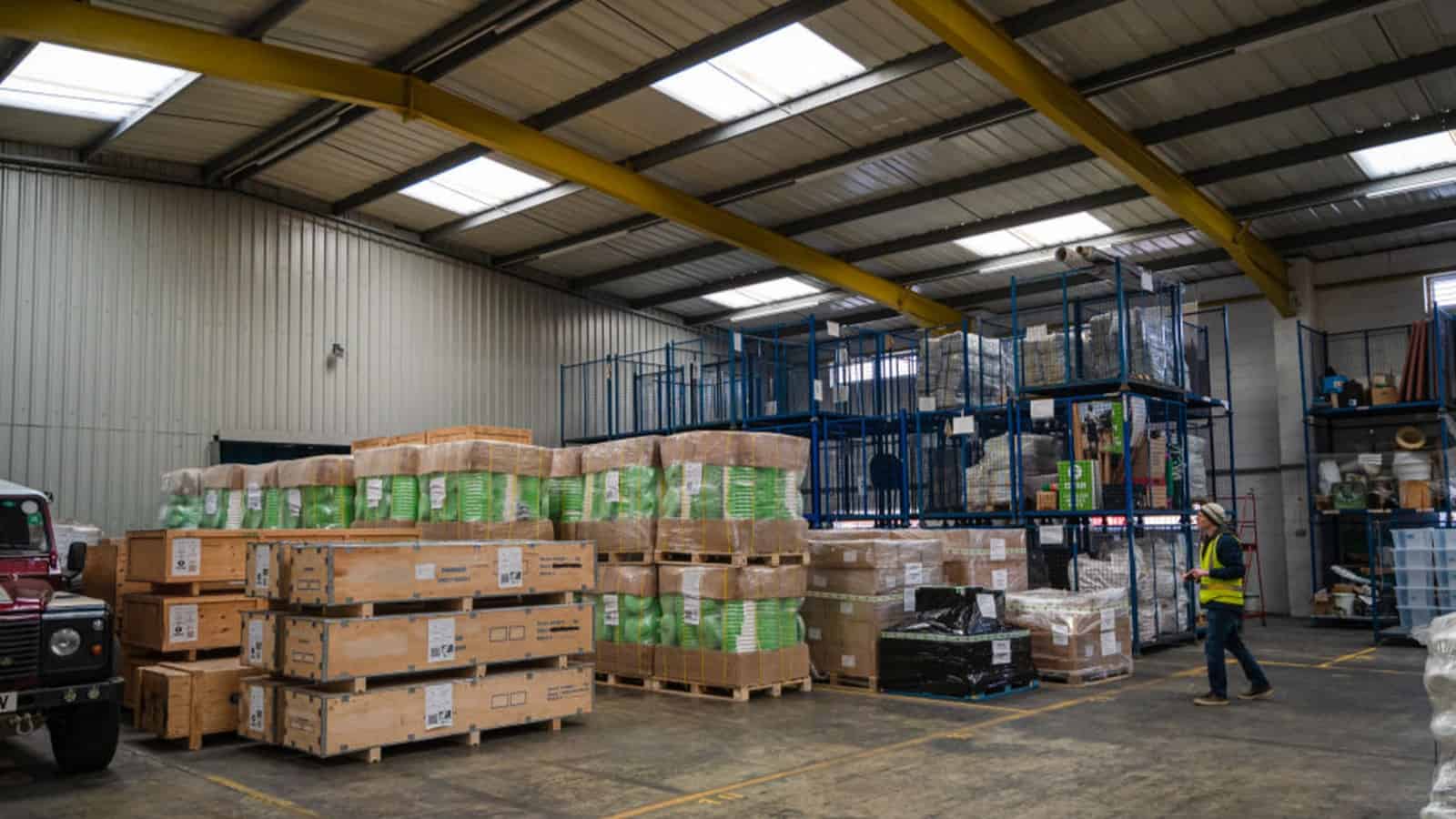
It’s been nearly a month since a devastating earthquake hit Turkey and Syria, killing at least 50,000 people—but manufacturers haven’t stopped lending a hand.
What’s going on: Through NAM Emergency Response Committee partners Project HOPE and Good 360, as well as other avenues, manufacturers in the U.S. were among the first to offer supplies and services to survivors. Here is just a sampling of the aid they provided.
Transport help: Manufacturers in the logistics sector stepped up to help ship necessary goods and supplies.
- The UPS Foundation has committed $1 million in global logistics support and employee-contributions matches.
- FedEx has committed more than $1 million of in-kind shipping so far.
Funds: Others are giving sizable monetary donations to the relief efforts.
- The Caterpillar Foundation is donating $400,000 to support relief efforts.
- Boeing Charitable Trust is giving a $500,000 donation.
- Novartis is donating $1 million.
- Rockwell Automation is donating $50,000 to the American Red Cross.
- Siemens has donated more than $1 million.
Supplies: Many manufacturers have also been donating much-needed goods to the earthquake victims.
- In addition to donating $1.2 million, the PepsiCo Foundation has partnered with nonprofits Tider and Ahbap to deliver essentials, including food, water, sanitation and hygiene products, along with container shelters, blankets and other emergency supplies.
- The Kraft Heinz Foundation is sending food and care products and donating $500,000 to the Red Cross.
- The Abbott Fund has committed $1.5 million in grants and product donations.
How to help: If you’d like to help those in need in Turkey and Syria, the NAM Emergency Response Committee offers options:
- To donate needed products—including hygiene kits, cold-weather clothing or health supplies—please visit Good360’s goods-donation page.
- If you want to give funds to support humanitarian relief, you can do so via the NAM’s partnership with Project HOPE.
Share your story: The NAM Emergency Response Committee is looking to hear from manufacturers about how they may have been affected by the earthquake and how they may be helping. To share your stories, please contact the NAM Emergency Response Committee at [email protected].
Modine Keeps the Digital Economy Cool and Functional
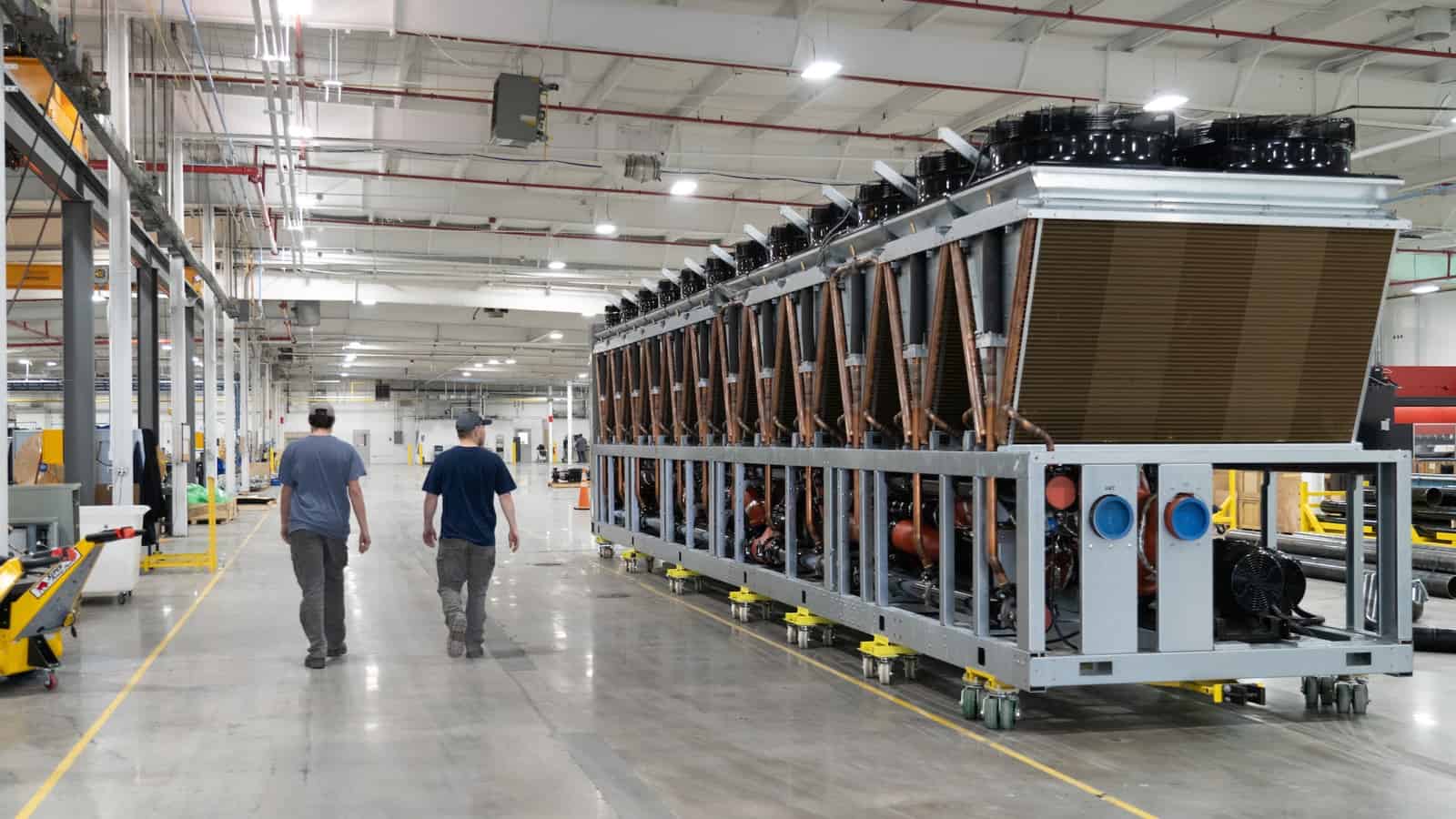
Here’s the secret ingredient in the digital economy: data center chillers. All those enormous data centers that keep track of your bank account, work emails and lunch orders get very hot, requiring state-of-the-art cooling technology to keep them functional and efficient.
We recently got to see how these enormous machines are made, courtesy of Modine Manufacturing, which opened its first data center chiller production plant in Rockbridge, Virginia, back in November. NAM Senior Director of Photography David Bohrer captured the production line in action, while several of Modine’s leaders spoke to the NAM at a later date about the technology involved.
Why chillers? The demand for data center chillers rises with the demand for data, which seems to be pretty much endless nowadays.
- As Darren Farrar, Modine’s global head of marketing for data centers, explained, “Data centers are always on; they are constantly processing data and therefore producing heat. They use a lot of energy, so any incremental improvements we can make [in cooling technology] can make a lot of difference to energy bills.”
- That’s where Modine comes in. Though chillers have been around since the 1920s, the needs of the digital economy mean that further innovation and specialization are always necessary.
How it works: A chiller provides cool water to the data center building while removing the heat that is returned from it, in an endless cycle.
- Modine’s chillers have two circuits, one of which uses outdoor air to chill the water, in a process called “free cooling,” explained Rob Bedard, general manager of data centers, North America. It’s a method that provides considerable energy savings.
- The chiller also has a “classical” refrigeration circuit for when outdoor temperatures aren’t helpful. Last, fans on top of the unit vent heat away from the building.
How it’s made: The Rockbridge plant is Modine’s first data center chiller plant in the U.S. and is situated in Virginia due to the state’s high concentration of data centers, said Bedard. The facility is “purpose-designed” for production, and everything is done on site:
- Technicians cut the parts from raw materials, then add refrigeration, suction and the distinctive V-shaped pipes for coolant, explained Tommy Johnson, Rockbridge’s plant manager.
- The assembly line checks the pressure, ensures there are no leaks and does final testing, he added. The facility even hosts demonstrations for customers in a state-of-the-art test lab, so they know what they’re getting.
Here a team constructs the metal frame of the chiller and adds insulation to the copper pipework and heat exchangers that carry the refrigerant:
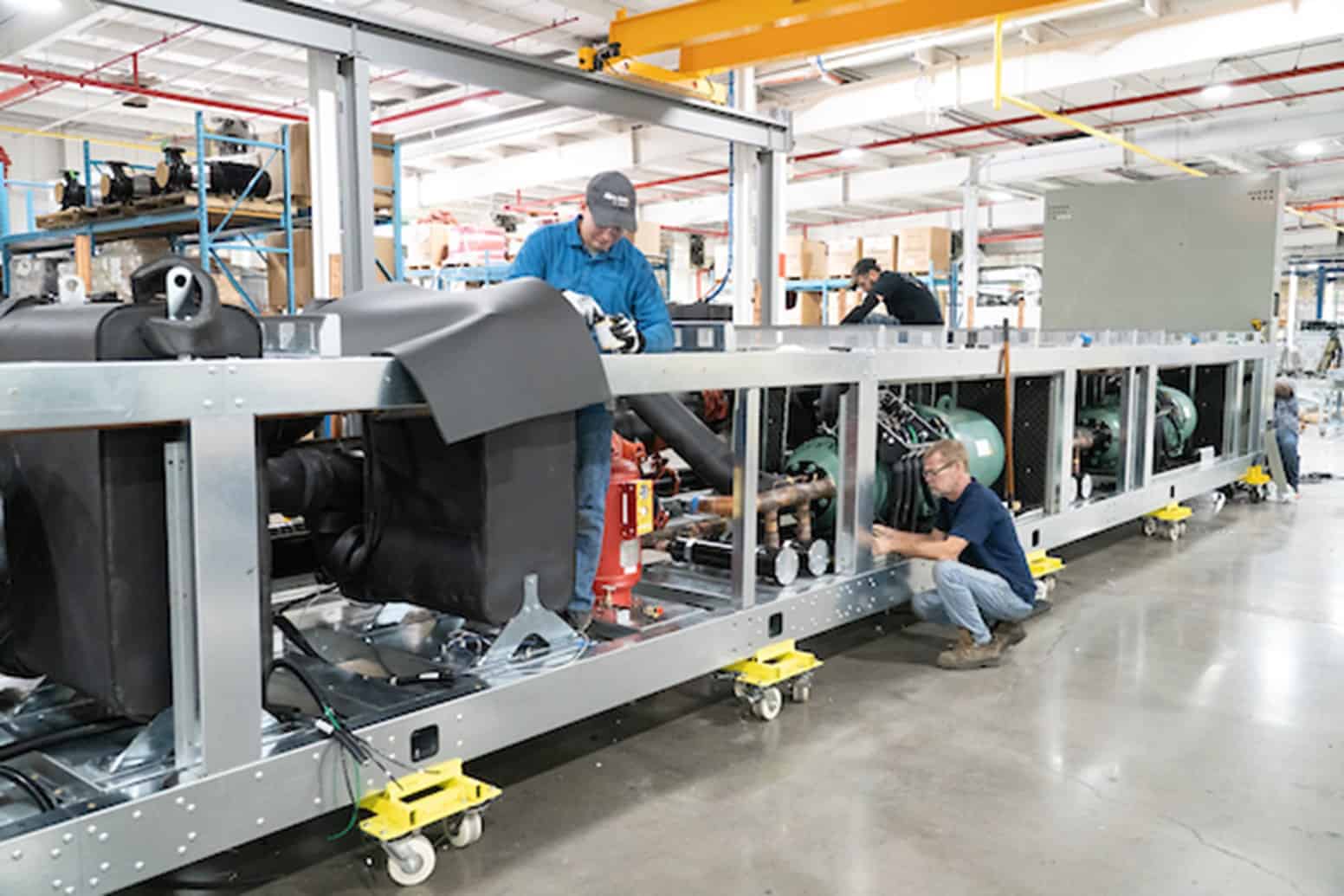
Another technician installs the massive fans on top of the structure, which draw air through the huge V-shaped heat exchangers, removing the heat and venting it upward:
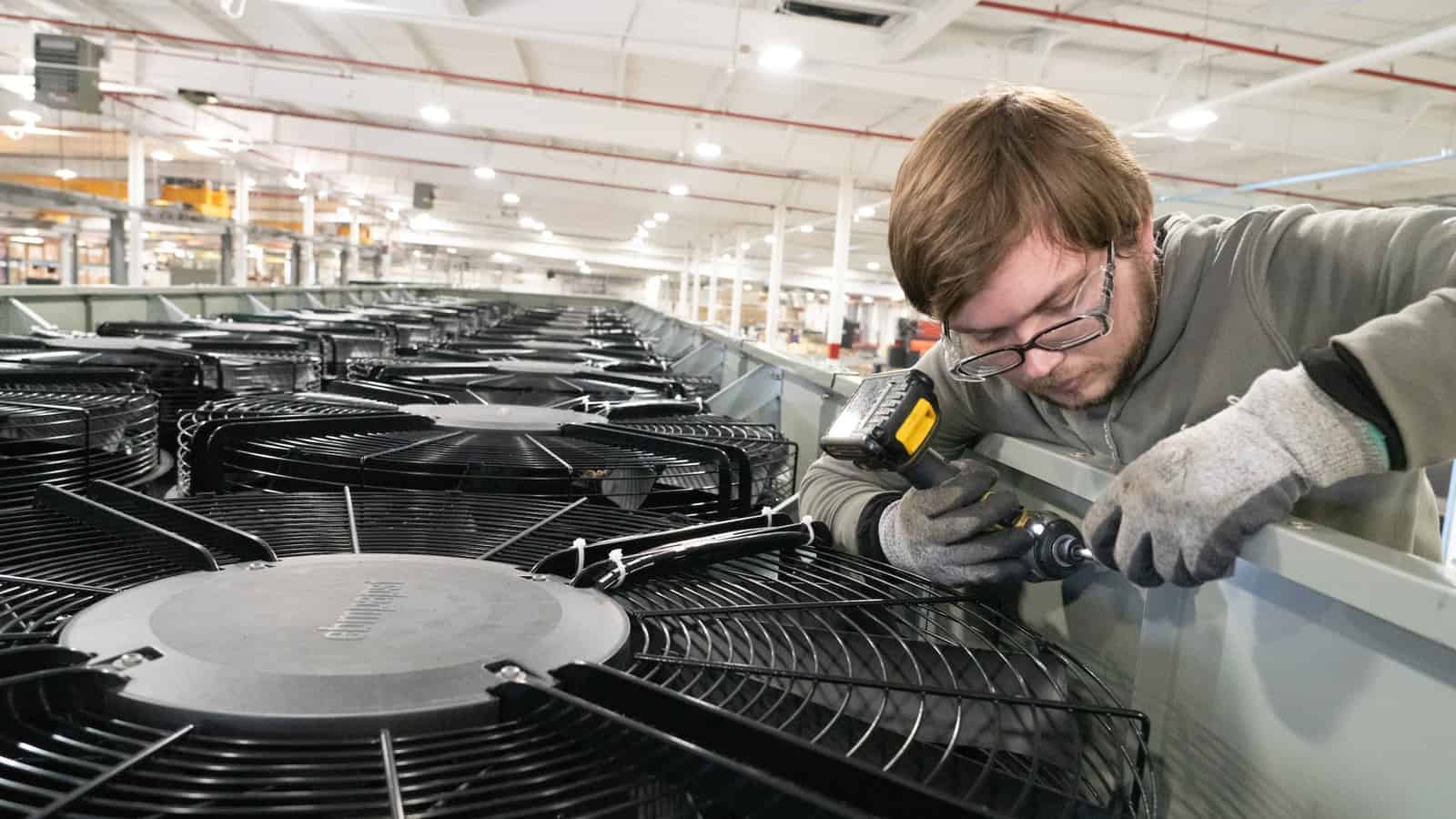
These copper pipes circulate water through the unit:
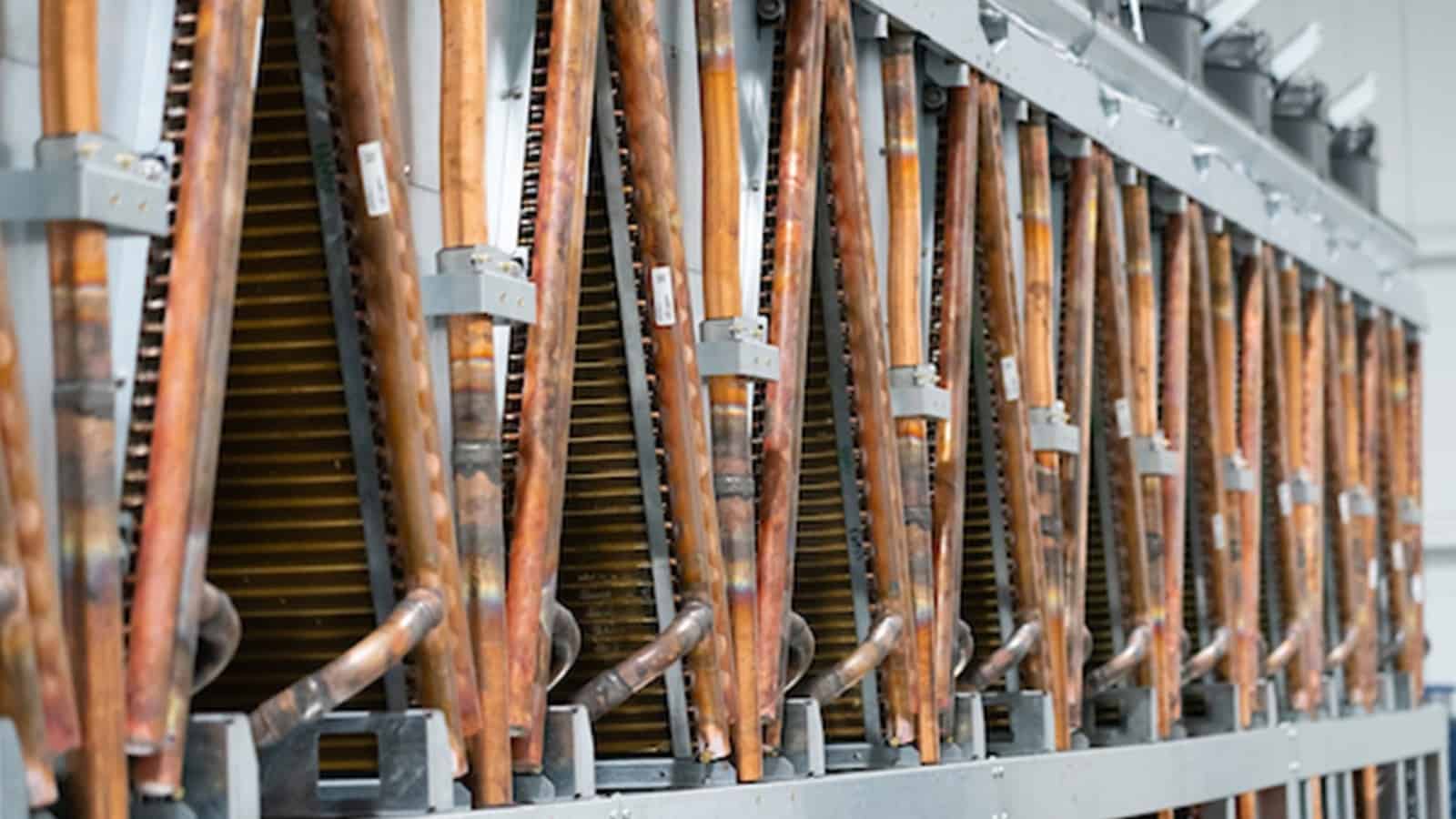
And last, here is the nearly finished chiller, which stands an impressive 10.1 feet tall, 45.6 feet long and 7.8 feet wide:
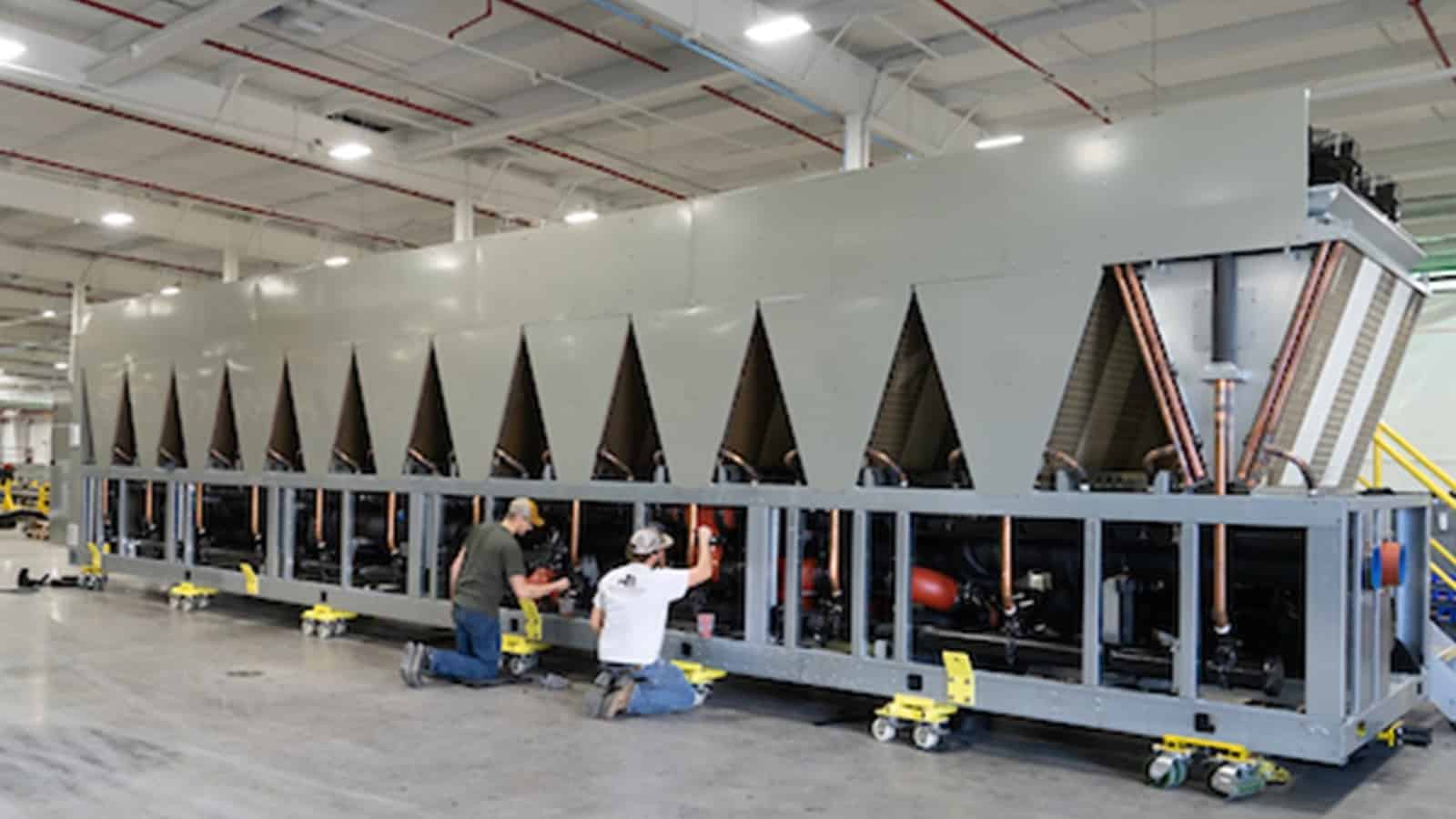
What’s next: What does Modine predict for the future of this market?
- “As big IT companies develop high-density chips,” Farrar said, “existing data centers will only become more powerful—and thus hotter.” Meanwhile, the increasing use of AI and cryptocurrency will also lead to greater demand for data centers.
- In addition, sustainability will only become more of a priority. As Farrar put it, the data chiller industry will have to learn to grow sustainably throughout its supply chain—by using fewer and greener refrigerants, reducing water and carbon usage and more.
- Modine plans to meet these challenges with its newly commissioned testing center at the Rockbridge facility, where it will do all its own testing and validation for the North American market, Farrar said.
Off to a great start: Today, Modine is confident and optimistic, having recently delivered Rockbridge’s first batch of chillers to a Corescale data center in Gainesville Crossing, Virginia. It was “the culmination of all our efforts for a 2-year period,” said Farrar—a real “red letter day.”
NAM Opposes FTC Ban on Noncompete Agreements
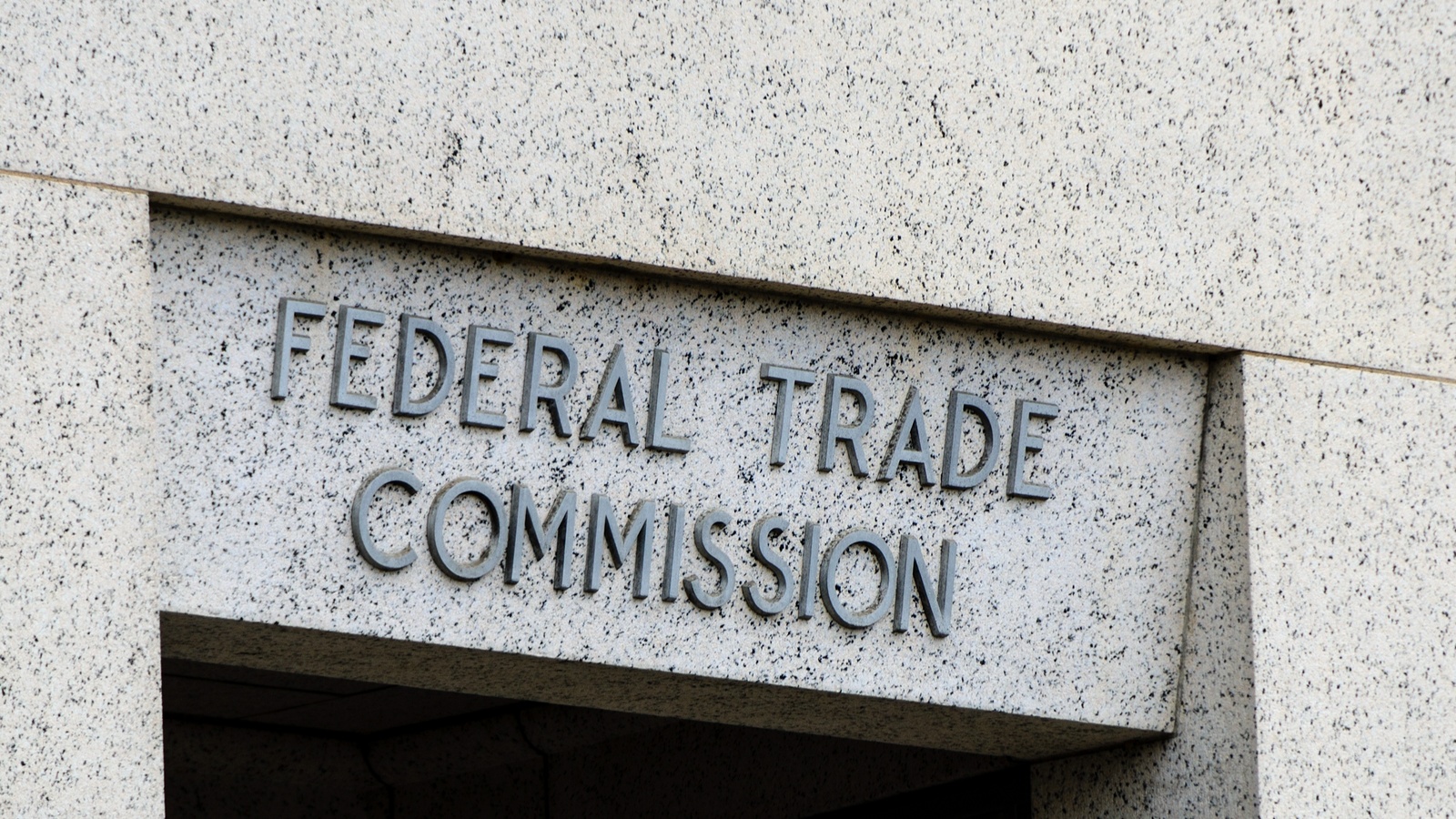
The NAM is opposing the Federal Trade Commission’s proposed ban on all noncompete agreements, pushing back on a move that would damage the manufacturing industry. We talked to NAM Vice President of Infrastructure, Innovation and Human Resources Policy Robyn Boerstling about the NAM’s reasoning on this crucial issue.
What noncompetes do: As Boerstling put it, manufacturers use noncompete agreements only for select workers handling their most sensitive information.
- That information might include the details of the company’s most sophisticated processes and strategies, which cannot be allowed to fall into competitors’ hands.
- Not only do these employees handle the keys to a company’s success, Boerstling added, but they are the recipients of significant investments in time, compensation and training.
The potential damage: Banning noncompetes would force companies to revamp their human capital operations completely, argued Boerstling.
- It would mean that trade secrets or other essential information might walk out the door and be exploited not only by competitors, but also by foreign adversaries.
- Manufacturers would be forced to put in place burdensome controls or silo parts of their operations from each other, which would result in less training for employees and less efficiency across various divisions.
- In a highly competitive industry—not to mention during significant economic uncertainty—that is a high price to pay, Boerstling pointed out.
Why not something else? Noncompete agreements are a critical tool for protecting manufacturers’ intellectual property, and alternatives like nondisclosure agreements are not sufficient, said Boerstling.
- In fact, in IP cases, courts look specifically at whether a company has employed noncompete agreements in deciding whether that company has taken reasonable steps to protect their property and processes.
FTC in the wrong: The FTC is wrong to put forth this blanket ban on a number of counts, said Boerstling.
- First, the rulemaking concerns an issue of “vast economic and political significance” that is beyond the scope of the FTC Act.
- Second, the regulation of these agreements has been handled successfully at the state level, a situation that works well for manufacturers.
- Third, the FTC is being too simplistic by striking at all noncompetes at once. Complex technical industries require noncompetes for good reason, as their sophisticated IP is the core of their business.
- Last, this ban is set to be retroactive, which is sure to cause confusion for both employers and employees.
What the NAM wants: The NAM objects to the FTC’s proposal in its current form and asks that it be withdrawn until the FTC can propose a more tailored approach that allows for sensible exemptions, said Boerstling.
Professional Development Resource: Building Your Personal Brand
On February 16, the Manufacturing Institute held a professional development virtual event on building your personal brand, presented by branding expert Cat O’Shaughnessy Coffrin, Founder and CEO of CaptivatingCo.
View the recording here and the slide deck here.
TOPLINE TAKEAWAYS
Your personal brand consists of:
- Proposition: The value you create
- Persona: Your X factor
- Purpose: What drives you
Steps you can take to start building your personal brand:
- Self-Reflect: What role do you play on your team? What skills do you bring? Look for patterns in your career on how you approach your job and get things done.
- Ask For Feedback: Connect with your colleagues and friends and ask how they would describe the attributes, attitudes and skills you bring to the table. This external perspective is valuable for shaping your narrative.
- Connect and Reconnect: Remember that teacher who had a profound impact on you? Or a former colleague who you lost touch with? Reach out to them and schedule a coffee to catch up and remind yourself how many people are in your corner wanting you to succeed.
- Revisit Your LinkedIn: There are two simple step you can take right now to enhance your online presence; make sure your ‘About’ section is drafted in the first person (LinkedIn is a social platform!) and identify, follow and engage with leaders of topics that interest you.
“A Catalyst for Change”: Nucor Is All in on Sustainability
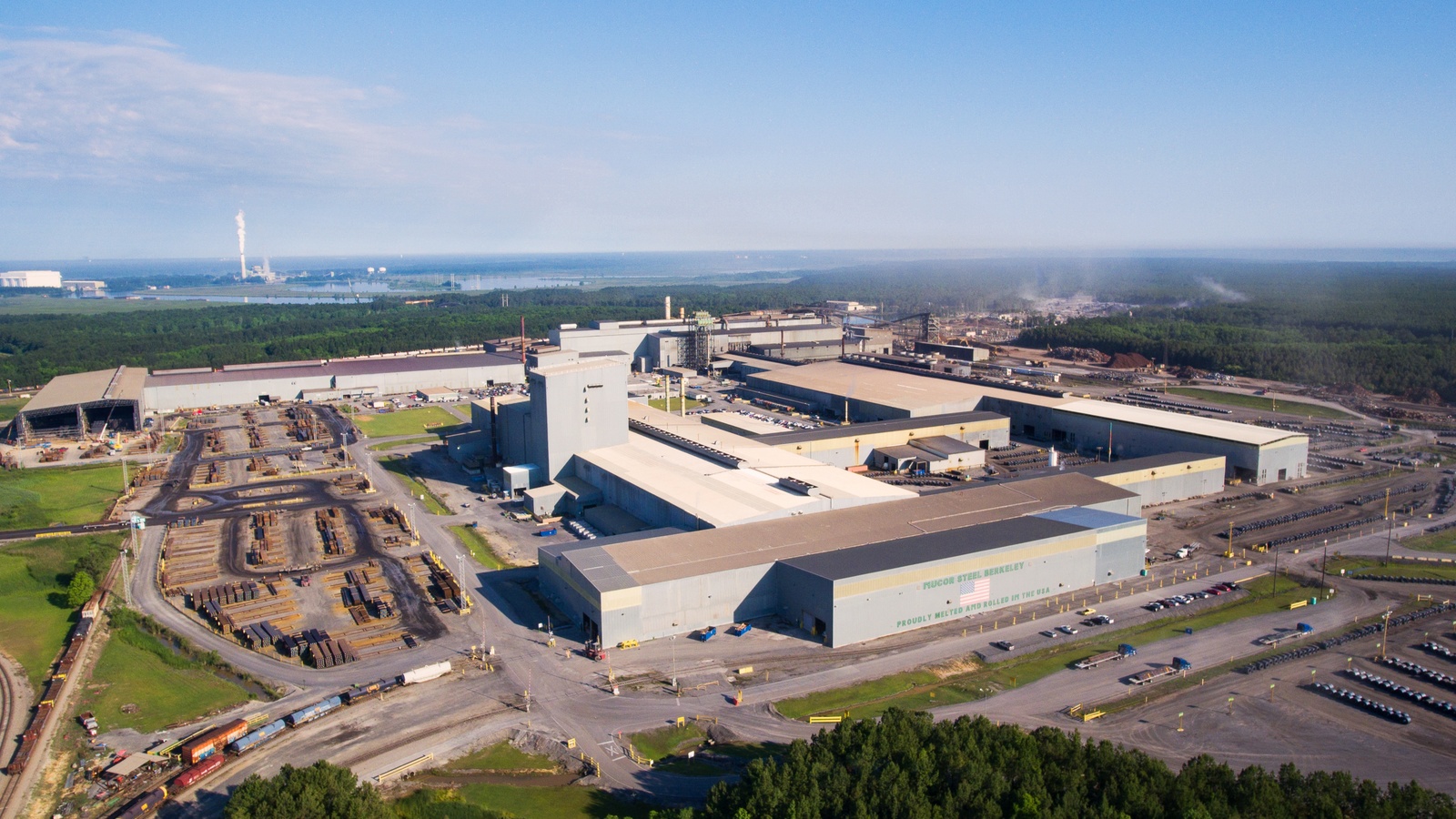
Nucor is one of the cleanest steel companies in the world. Recently, the producer of low embodied carbon steel and steel products committed to further reducing emissions and increasing its global sustainability efforts by joining the United Nations’ 24/7 Carbon-free Energy Compact.
But that’s just the latest in a long list of sustainability initiatives from the company.
Lofty goals: Nucor has committed to a 35% reduction of its steel-mill greenhouse-gas intensity by 2030—no easy feat in the sector, said Nucor Executive Vice President of Business Services and General Counsel Greg Murphy.
- “The levers that companies in this industry can pull depends on the geographic location you’re in, your access to materials and even the geology of the region in which you operate,” Murphy said. “We’re making steel out of recycled content and the fact that we start out with some of the lowest industry greenhouse-gas emissions levels on the planet gives us an advantage.”
- Much of this advantage comes from the company’s use of electric arc furnaces to recycle scrap metal into new steel products, a process Nucor pioneered in the U.S.
- However, EAFs consume large amounts of electricity, making cleaner energy sources an important part of the company’s efforts to reduce emissions. Approximately 40% of the electricity Nucor uses now comes from clean or renewable sources, according to Murphy.
Green upgrades: Nucor is looking at all corners of its operations for ways to reduce and improve.
- The company is building a new rebar “micromill” (its third in the past five years) to make rebar for infrastructure and construction projects. Micromills eliminate the need for reheat furnaces, further reducing Nucor’s use of natural gas.
- Nucor is also considering replacing charge and injection carbon—two solid-carbon sources used in its furnaces—“with recycled and wood components, which would significantly reduce emissions,” Murphy said.
- In addition, the steel manufacturer is investing in ways to extract nonferrous materials, such as copper, from obsolete scrap. More reuse means a smaller carbon footprint, according to Murphy.
- Finally, the company is exploring the use of carbon capture and sequestration at one of its facilities and is investing in alternative iron-making technologies that would enable it to produce carbon-free, high-quality iron.
Bringing in nuclear: Nucor takes an all-of-the-above approach to energy, which is what will allow it to fulfill the goals of the U.N. compact, according to Murphy.
- “A fundamental premise of [the compact] is that access to affordable, clean energy is essential to the world’s sustainable future,” Murphy said. “That’s one of the things that really attracted us to it—this emphasis on not just providing renewable energy, but providing affordable, reliable and clean energy. That’s not only solar and wind, but also geothermal, hydroelectric and, critically, nuclear. We think that all of these forms of clean energy have a role to play.”
- Last year, Nucor invested in NuScale Power, a company developing small modular nuclear reactors. The U.S. Nuclear Regulatory Commission recently approved the design and the first operational reactor is expected by the end of this decade.
The final word: “At the end of the day, the sustainability issue is not going to go away,” Murphy said. “It’s here to stay, and I think companies can either move in this direction kicking and dragging their feet, or they can do it with leadership. The developed world needs to lead the developing world. We need to be a catalyst for change.”
NAM Speaks Out Against New EPA Regulations

Manufacturers across the United States have long been leading the way on sustainability. From outpacing international competitors on emission reductions to making investments in clean technologies, the industry has implemented best practices for others to use and blazed a trail for them to follow.
NAM Director of Energy and Resources Policy Chris Morris emphasized manufacturers’ track record during a hearing before the Environmental Protection Agency last week, where he explained to policymakers that their proposed air quality rules would stifle rather than enhance manufacturers’ efforts. Here’s what he had to say.
A record of leadership: “Our industry has championed environmental stewardship at every turn, and our members have invested heavily in new processes and technologies that have made manufacturing in the U.S. cleaner and more sustainable than ever,” said Morris.
- “This innovation in the manufacturing sector has played a key role in the reduction of air pollution we have seen over the last 50 years.”
Manufacturers’ impact: “Across the board, levels of major pollutants have declined dramatically, and we are outpacing our global competitors in air quality improvements,” said Morris.
- “According to the EPA, the U.S. has reduced six common NAAQS pollutants, including PM2.5, by 78% between 1970 and 2020.”
- “Additionally, EPA data shows that PM2.5 air quality has improved 44% since 2000. Manufacturers are committed to ensuring that progress continues.”
The challenge: New proposed regulations from the EPA would have a number of negative effects, Morris noted.
- Tighter air quality standards would make permitting more difficult, raise compliance costs and make it harder for manufacturers in the United States to compete with companies abroad—especially at a time when manufacturers are concerned about the country’s economic outlook.
The path forward: Morris urged policymakers to ensure that current regulations are fully implemented before they propose new ones, and to work together with innovative manufacturers on smart solutions.
- “The U.S. has some of the best environmental standards in the world, and American manufacturers are consistently reducing emissions, conserving critical resources, protecting biodiversity, limiting waste and providing safe products and solutions so others in our country can do the same,” said Morris.
- “But in order to maintain our environmental leadership, we need better regulations.”
The last word: “In our view, environmental protection and a thriving economy are not mutually exclusive,” said Morris. “We can have both—but it requires working together toward a constructive solution. Manufacturers are committed to smart, strong environmental safeguards and improving the lives of all Americans so that no one—and no community—is left behind.”
NAM Honors Snap-on CEO Nick Pinchuk for Extraordinary Commitment to Manufacturing in America
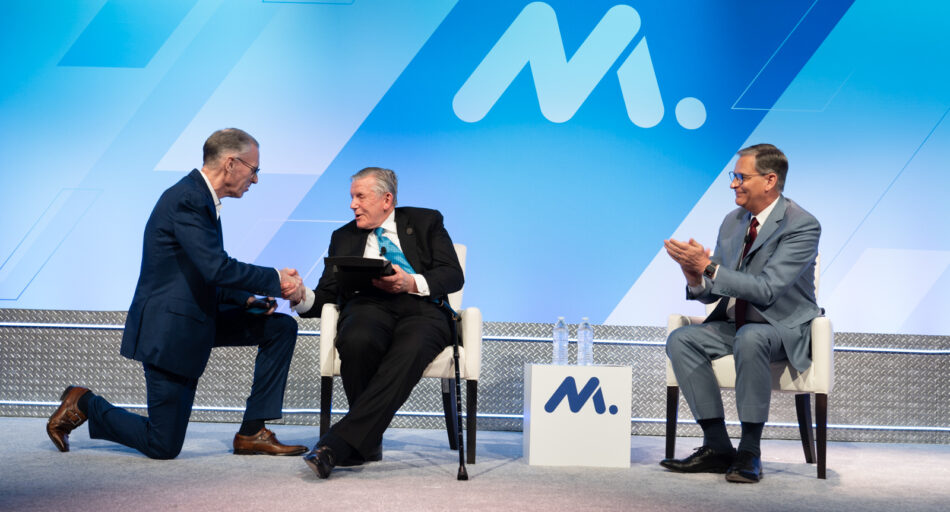
Boca Raton, FL—The National Association of Manufacturers today honored NAM board member and Snap-on Chairman and CEO Nick Pinchuk with the Manufacturing Icon Award during the NAM’s spring board meeting in Boca Raton, Florida. The award recognizes leaders who inspire Americans to promote, perpetuate and preserve manufacturing in America.
“Across the industry and across the business community, executives and employees alike look up to Nick Pinchuk. His storied career is a source of inspiration, and he is a wealth of knowledge, a wise counselor and a tireless advocate for the rewarding careers found in modern manufacturing. He has been a tremendous supporter of the NAM and the Manufacturing Institute’s Creators Wanted campaign to build the manufacturing workforce of today and tomorrow, and his policy advocacy on behalf of the industry is best-in-class,” said NAM President and CEO Jay Timmons.
“His presence on television and in the public eye as a principled manufacturing leader, as well as his unwavering service to the NAM and to our industry, makes Nick a true model for business leaders in America. In whatever he does, he demonstrates an unshakeable commitment to the values that have made our country exceptional and keep manufacturing strong: free enterprise, competitiveness, individual liberty and equal opportunity. We’re honored to present this award to Nick in recognition of his outstanding leadership.”
Pinchuk serves on the NAM Executive Committee as the NAM tax, domestic economic and regulatory reform policy vice chair and on the board of directors of the Manufacturing Institute, the workforce development and education partner of the NAM.
-NAM-
The National Association of Manufacturers is the largest manufacturing association in the United States, representing small and large manufacturers in every industrial sector and in all 50 states. Manufacturing employs more than 13 million men and women, contributes $2.81 trillion to the U.S. economy annually and accounts for 55% of private-sector research and development. The NAM is the powerful voice of the manufacturing community and the leading advocate for a policy agenda that helps manufacturers compete in the global economy and create jobs across the United States. For more information about the NAM or to follow us on Twitter and Facebook, please visit www.nam.org.